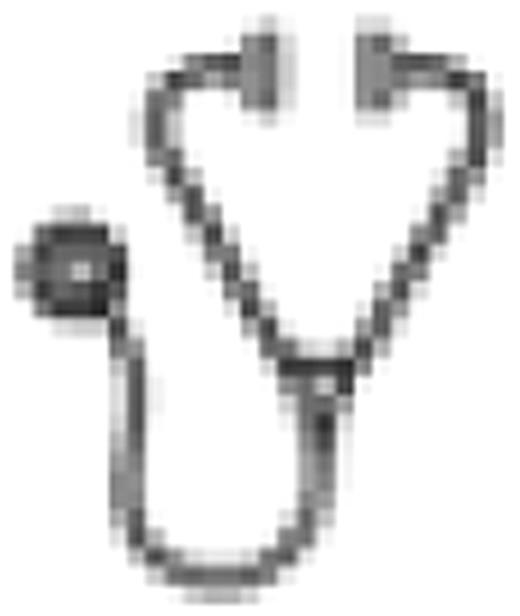Abstract
In recent years, the classification of cytogenetically normal acute myeloid leukemia (CN-AML) has seen a turnaround from morphological characterisation towards the identification of novel molecular prognostic factors. Besides the well-recognized prognostic influence of mutations in NPM1, CEPBA, FLT3 and other genes, high transcript levels of ERG, MN1 or BAALC recently have been associated with inferior outcome. However, our understanding of the pathogenetic mechanisms that underlie the prognostic relevance of these markers is limited. The canonical WNT signalling pathway not only plays an important role in embryonic development but is also implicated in almost one third of all human cancers including many subtypes of leukemias. Expression of β-catenin, a key player in the WNT pathway, in AML blasts has been associated with enhanced clonogenic potential and inferior patient survival. Lymphoid enhancer-binding factor 1 (LEF1) is a transcription factor that directly interacts with β-catenin during WNT signalling. Recently, we showed that Lef-1 is an important regulatory factor in early hematopoiesis and that its constitutive expression in murine hematopoetic cells causes both myeloid and lymphoid acute leukemias, which originate from a leukemic stem cell with lymphoid characteristics (Petropoulos et al., J Exp Med 2008). In the present study, we analysed the association of LEF1 expression with clinical outcomes in a cohort of 210 adult patients (median age, 59 years) with CN-AML. All patients were treated in two consecutive multicenter studies of the German AML Cooperative Group (AMLCG), and the median follow-up for surviving patients was 46 months. LEF1 expression levels were extracted from gene expression profiles (obtained using Affymetrix HG-U133A or HG-U133plus2 oligonucleotide microarrays). Patients were classified as LEF1high or LEF1low according to the median of all samples. We found that LEF1 expression was inversely correlated with the leukocyte count at diagnosis, and the frequency of FLT3 ITD mutations was significantly lower among patients with high LEF1 transcript levels than among those with low LEF1 expression (59% vs. 24%, respectively; P<0.001). LEF1high patients, as compared with LEF1low patients, showed a significantly prolonged overall survival (OS) (median, 36 vs. 8.6 months, P<0.001) and relapse-free survival (RFS) (median, 27 vs. 6.7 months, P<0.001). The correlation of LEF1 transcript levels with OS could not solely be explained by its inverse association with FLT3 ITD status, since in multivariate analyses, high LEF1 expression remained an independent predictor of prolonged OS (hazard ratio for death, 0.59; 95% confidence interval, 0.40 – 0.88; P=0.01) after adjustment for age, FLT3 status, and ERG expression levels. Moreover, there was no statistically significant interaction between the effects of LEF1 expression levels and FLT3 ITD status or treatment group assignment on OS. High LEF1 levels also were predictive of longer RFS (hazard ratio, 0.49; 95% confidence interval, 0.31 - 0.79; P=0.003) after adjustment for age and the NPM1mutant/FLT3 ITDnegative genotype. We then tried to identify genes that are differentially regulated in LEF1high versus LEF1low low patients. Among the genes that showed the most prominent transcriptional upregulation in LEF1high samples, there were several markers of T-lymphoid differentiation (e.g., CD2, CD3, CD5, and the interleukin 2 receptor beta chain). Statistically significant upregulation of the T-lymphoid markers CD2, cyCD3 and CD7 in LEF1high AML was confirmed by immunophenotyping of the leukemic cells. In contrast, there was no correlation between immunologically detected B-lymphoid markers (e.g. CD19, cyCD22, cyCD79a) and the LEF1 expression level. In summary, our data indicate that high LEF1 expression is an independent favorable prognostic marker in CN-AML, and that it is associated with a distinct gene expression profile and immunophenotype, characterized by upregulation of lymphoid cell antigens.
No relevant conflicts of interest to declare.

This icon denotes an abstract that is clinically relevant.
Author notes
Asterisk with author names denotes non-ASH members.

This feature is available to Subscribers Only
Sign In or Create an Account Close Modal